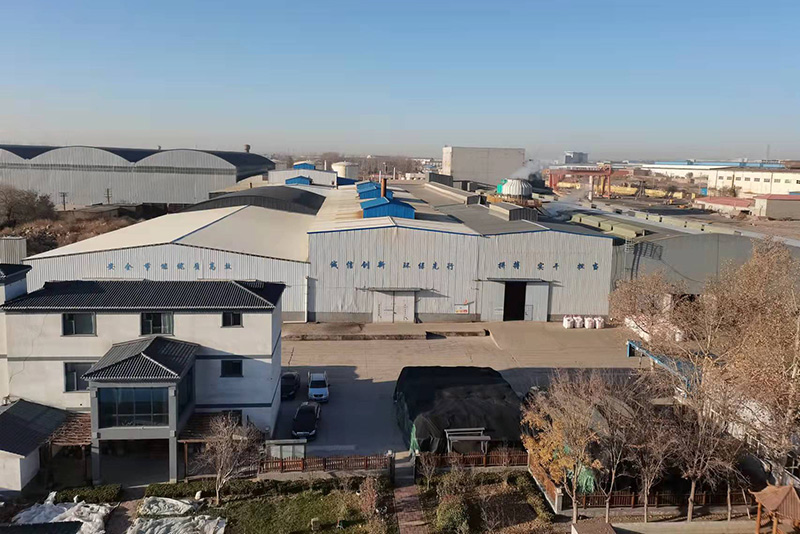Resin Sand Casting An Overview
Resin sand casting is an advanced manufacturing process that utilizes a mixture of sand and synthetic resin to create molds for metal casting. This technique has gained popularity in various industries due to its numerous advantages over traditional sand casting methods. In this article, we will explore the fundamentals of resin sand casting, its benefits, and its applications.
At the core of resin sand casting is the use of silica sand mixed with a synthetic resin binder, typically phenolic resin. This mixture is combined with a hardener to form a sand mold when heat is applied. The resin coating provides superior binding properties that enhance the strength and durability of the mold compared to traditional sand mixtures, which typically use clay as a binder.
The process begins with creating a pattern, which is a replica of the final product. The pattern is placed in a frame and covered with the resin sand mixture. Once the mold is prepared, heat is applied to cure the resin, creating a strong and rigid structure. After curing, the mold halves are separated, and the pattern is removed, leaving a cavity that corresponds to the shape of the desired casting.
One significant advantage of resin sand casting is the high dimensional accuracy it provides. The resin mold can capture intricate details and fine surface finishes, significantly reducing the need for post-casting machining. This precision is essential for industries such as automotive and aerospace, where tight tolerances are critical.
resin sand casting

Moreover, resin sand casting offers excellent thermal resistance and can withstand high temperatures, making it suitable for casting various metals, including ferrous and non-ferrous alloys. This versatility enables manufacturers to produce a wide range of components, from complex engine parts to structural components used in construction.
Another notable benefit of this casting method is its ability to produce high-quality castings with lower defect rates. The resin sand mixture is less prone to issues like moisture absorption—common in traditional sand molds—which can lead to defects such as burn-on and gas porosity. This reliability translates to reduced scrap rates and improved production efficiency.
Additionally, resin sand casting is environmentally friendlier than some conventional methods. The resins used are often recyclable, and the process generates less waste. As industries continue to seek sustainable practices, this is an attractive feature of resin sand casting.
In conclusion, resin sand casting is a modern and efficient method for producing high-quality metal castings. With its ability to create precise and intricate components while minimizing defects, it stands as a preferred choice in many manufacturing applications. As technology advances and industries strive for greater efficiencies, the role of resin sand casting will likely continue to grow, paving the way for innovative designs and applications in the future.
Post time:Αυγ . 30, 2024 23:51
Next:large sand casting
